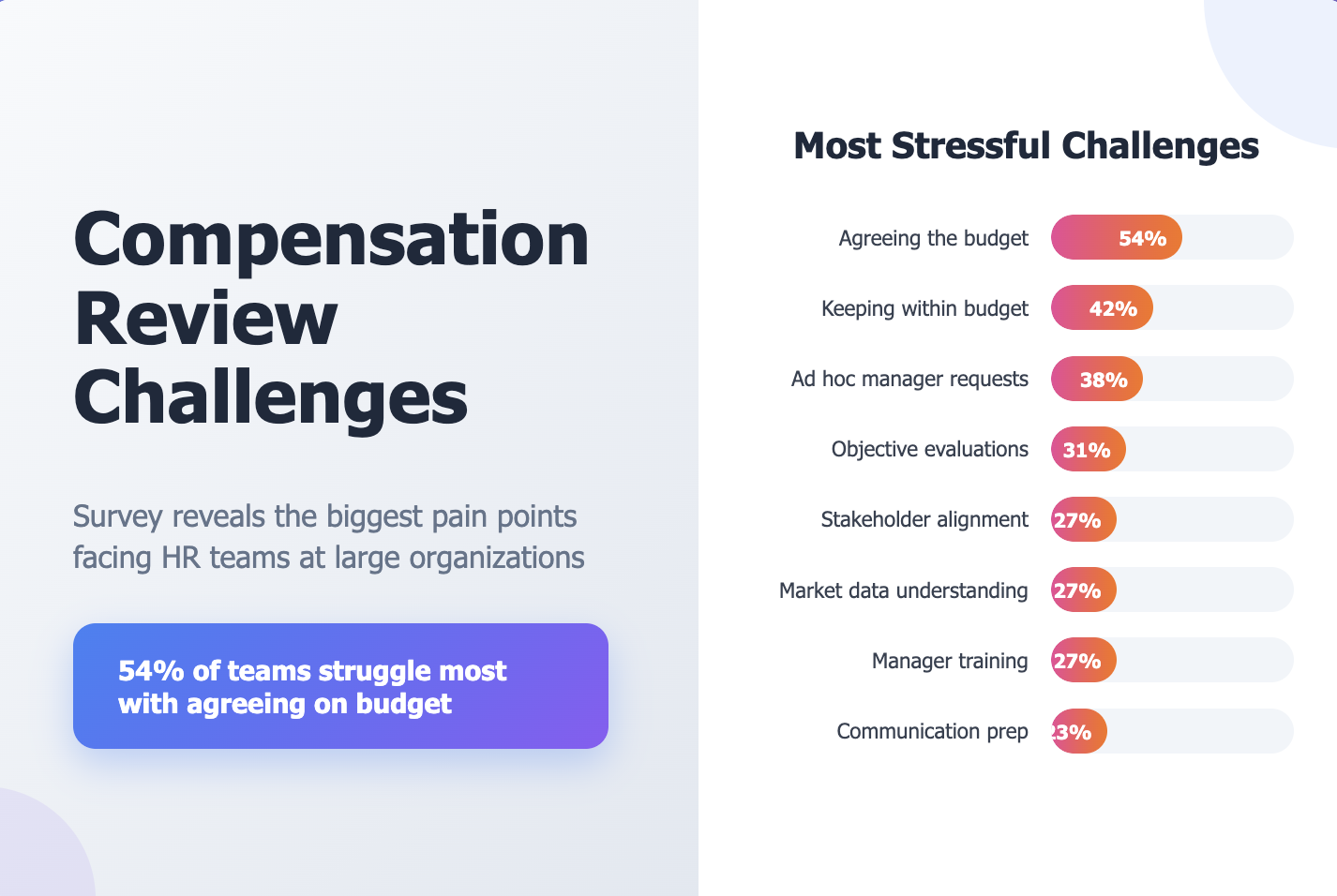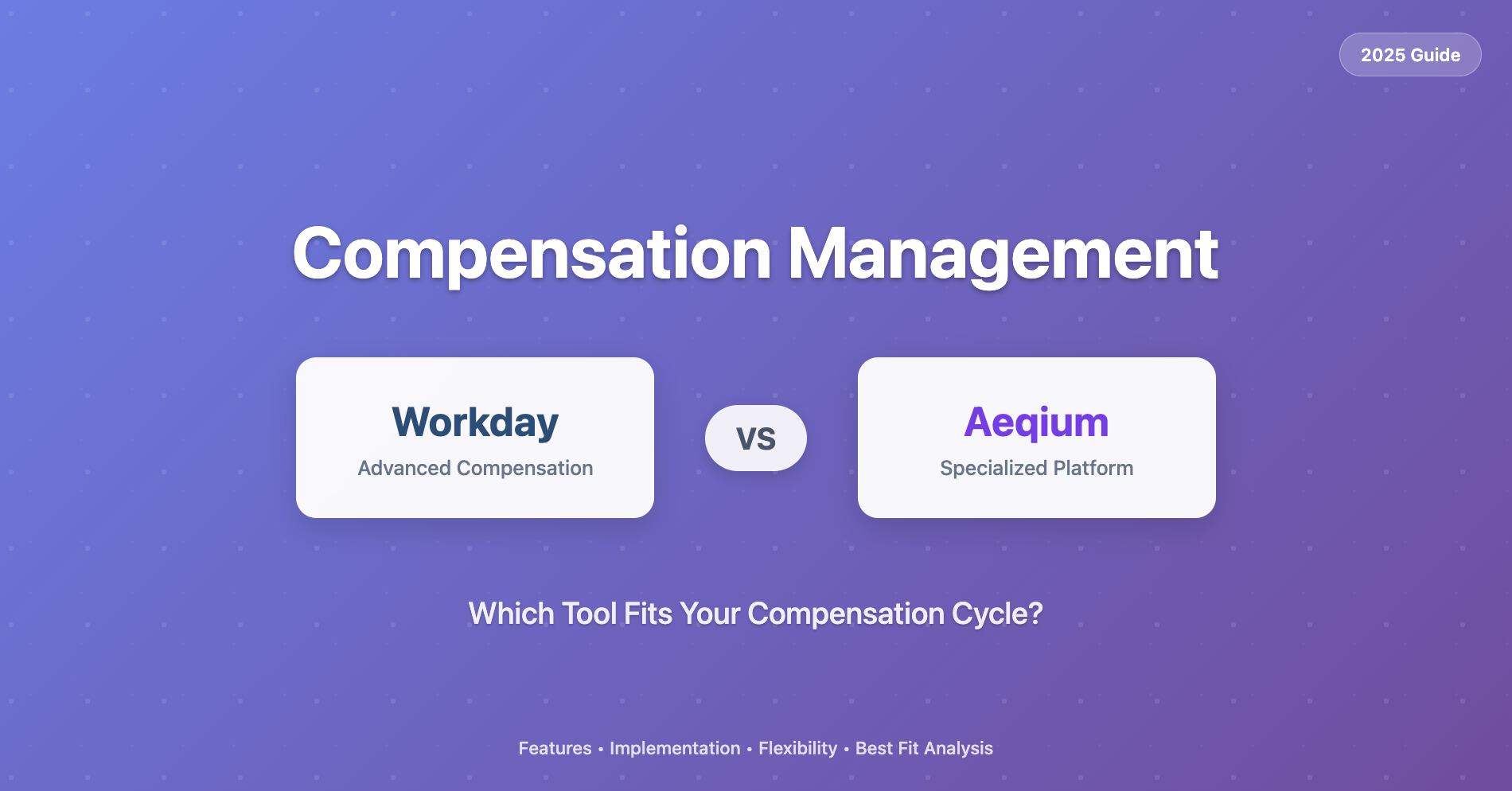Unlocking Organizational Success with Job Architecture

Due to the current dynamic and competitive business landscape, organizations must strategically align their workforce to drive success. Job architecture is a systematic framework that organizes and structures jobs within a company and plays a pivotal role in achieving alignment.
Let's explore the significance of job architecture in the compensation benchmarking process, its contribution to career development, and the process of establishing compensation bands and job leveling, highlighting the essential steps involved.
Importance of Job Architecture in Compensation Benchmarking:
So why is job architecture important? Compensation benchmarking is a critical aspect of designing fair and competitive compensation programs. Job architecture is the foundation of this process, providing a clear framework to evaluate and compare job roles across industries and geographies.
Here are key reasons why job architecture is essential to compensation benchmarking:
- Internal Equity: It ensures internal equity by evaluating jobs based on their relative value and establishing a hierarchical structure within the company and helps determine appropriate salary ranges and ensure consistent pay practices across similar roles, reducing disparities and promoting fairness.
- External Competitiveness: By aligning job roles with industry standards, job architecture enables organizations to compare their compensation practices with those of competitors. This external benchmarking allows organizations to attract and retain top talent by offering competitive compensation packages that reflect market trends.
- Job Evaluation: Facilitates a systematic job evaluation process considering factors like responsibilities, qualifications, skills, and complexity. Through this evaluation, organizations can assign appropriate role levels and titles to jobs, enabling accurate comparisons and establishing a clear career progression path.
Career Pathing for Career Development:
A robust career development program is essential to engage and retain employees and is crucial to providing career pathing opportunities within an organization. Here's how job structures contributes to career development:
- Clarity and Transparency: Provides employees with a clear understanding of the skills, experience, and competencies required to advance within their careers. It enables them to visualize their growth trajectory, identify skill gaps, and make informed decisions about professional development opportunities.
- Career Progression: Establishes job levels and hierarchies, creating a structured framework for career progression. It enables employees to set goals, acquire necessary skills, and track their advancement within the company while offering a clear career path and fosters motivation and engagement, reducing attrition rates.
- Skill Development: With well-defined job levels and competencies, job architecture facilitates targeted skill development initiatives. It allows employees to identify the skills and knowledge needed to progress to the next level and enables organizations to provide relevant learning and development opportunities.
Establishing Job Leveling:
To establish an effective job architecture and job-leveling framework, organizations need to follow a structured process. Here are the key steps:
- Job Analysis: Conduct a comprehensive job analysis to understand the duties, responsibilities, and requirements of each job role within the organization. This analysis provides the foundation for job evaluation and level determination.

- Job Evaluation: Evaluate jobs based on established criteria such as skills, responsibilities, and qualifications. This process can involve methods like point-factor evaluation or ranking, determining the relative value of jobs within the organization.
Example:

- Job Leveling: Assign appropriate levels and titles to each job based on the results of the job evaluation process. This step involves creating job families, hierarchies, and clear distinctions between job levels.
Example:

- Documentation: Develop job descriptions that clearly outline responsibilities, qualifications, and competencies associated with each job. These descriptions serve as references for the recruitment team, performance management, and career development.
- Communication and Implementation: Transparently communicate the established leveling framework to employees. Ensure that employees understand the career pathing opportunities and how their roles fit within the overall organizational structure. Implement the leveling framework consistently across the organization to ensure fairness and clarity.
- Ongoing Evaluation and Maintenance: Regularly review and update the leveling framework as the organization evolves. Revisit job descriptions, evaluate new roles, and address changes in job responsibilities or market trends.
Establishing Compensation Bands:
Job architecture plays a vital role in establishing and maintaining compensation bands within the organization. These bands provide a systematic framework for evaluating and categorizing jobs based on their relative value and complexity. This evaluation process helps determine the appropriate compensation bands or salary ranges associated with different job levels or families.
Establishing clear guidelines for compensation bands ensures consistency and fairness in how employees are rewarded for their contributions.
In Summary
Job architecture is the cornerstone for effective compensation benchmarking, career development, compensation bands, and compensation cycles within a company. It provides a structured framework to evaluate and compare job roles, ensuring internal equity and external competitiveness in compensation practices. It enables clear career pathing opportunities, fosters employee engagement, and supports skill development.
By establishing a well-defined job structure and job-leveling process, organizations can optimize their compensation programs, attract top talent, and enable employees to embrace meaningful career paths. Investing in job architecture is a strategic approach that drives organizational success and enhances employee satisfaction in a rapidly evolving work landscape.
Written by Daniese Adams, Sr. Manager, Total Rewards @ CareRev




